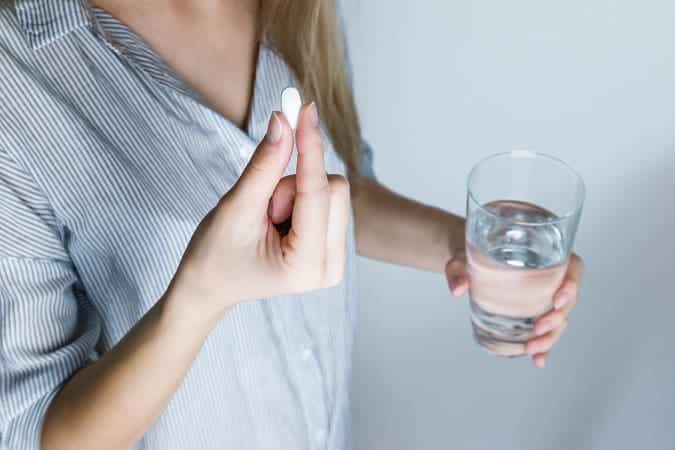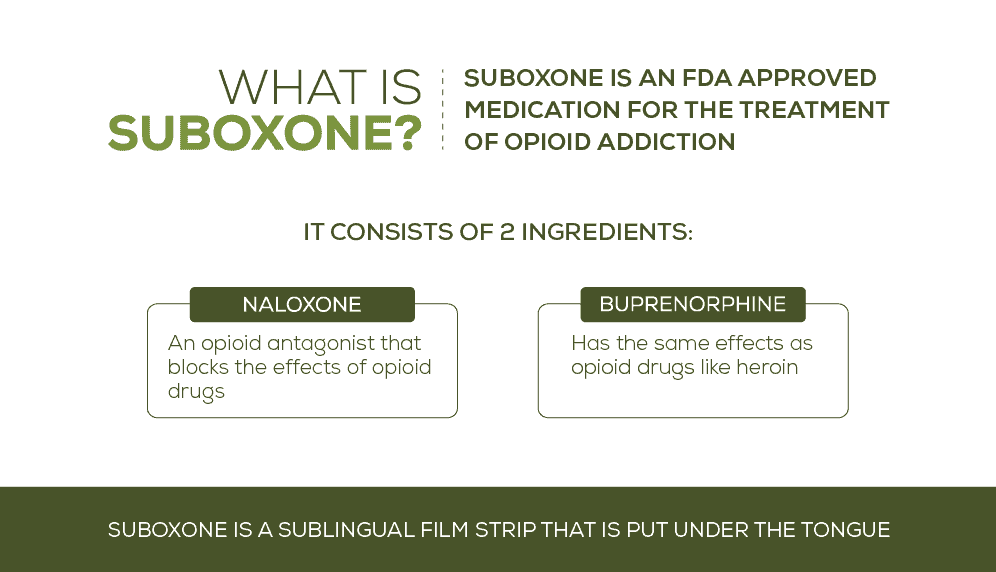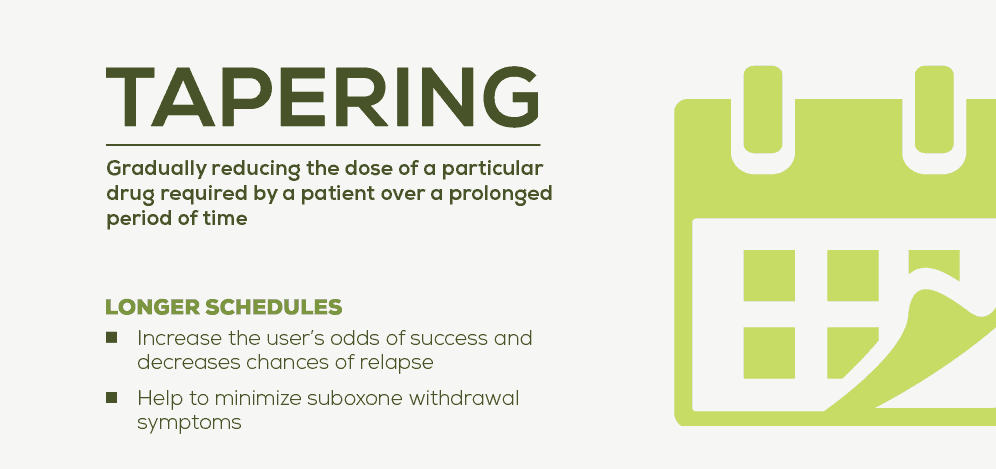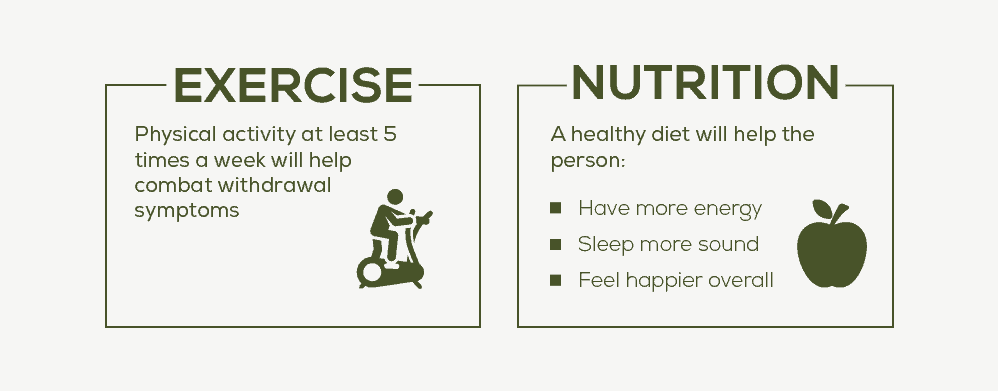Suboxone tapering is the process of getting off of Suboxone at a slow and comfortable rate. Initially, Suboxone is prescribed for opioid/opiate addicts to assist with withdrawals or to replace their opioid addiction. Suboxone is sometimes used in the short-term during detox and sometimes longer for those who are at high risk for relapse. Many people in recovery want to eventually taper off of Suboxone so they are no longer dependent on it (as it’s an opioid itself). There is a misconception about Suboxone though and before taking it, you should know the facts. The pharmaceutical companies have deemed it the big solution for opioid addiction and yet, it comes with its own set of problems. In this article, we will discuss how Suboxone works and how to successfully taper off of this helpful, yet abusable drug.
“Why compromise your work and family commitments? Get the help you need from our Outpatient Treatment Program”
How Does Suboxone Work and Why Do People Taper Off of It?
Suboxone, also called Buprenorphine, affects the brain receptors in the same way as strong drugs like heroin but is much less addictive. Suboxone has a ceiling effect which prevents overdose also. Suboxone is comprised of buprenorphine and naloxone. It will often be used for people who are addicted to opiates like heroin. Suboxone can be a godsend and help people manage the detox from strong opioids. Suboxone does have addictive properties, making it challenging to stop using it when it’s no longer needed. Clearing the drug from your system effectively is necessary. It can be challenging to do so but there are methods that will help you taper off suboxone successfully. 
Suboxone Effectiveness
Suboxone has shown to be an effective method on the road to recovery from opioids. It’s a safe way to gradually reduce tolerance of stronger opioids like heroin or OxyContin. Using Suboxone will distribute withdrawal symptoms for longer but the intensity level is much easier to handle. Discomfort is much less, making it more possible for addicts to recover. There are a variety of options, from rapid Suboxone taper programs at home to professional tapering in a rehabilitation clinic. The rule of thumb is to listen to your body and see how it’s adapting to the pace and amount of doses. Here are some of the things you should know and top tips to help you stop using buprenorphine.
“We accept many health insurance plans. You can get your life back in order with our outpatient program today!”
How Suboxone Works
Suboxone is effective because of the combination of buprenorphine and naloxone. Buprenorphine is sometimes referred to a narcotic and is an opioid medication. Naloxone blocks opioid effects so even if a person does use strong drugs like OxyContin, they won’t get high. Buprenorphine is an opioid medication specifically used to help addicts stop using other opioid drugs. It is administered at a doctor’s office, a clinic involved in a rehabilitation program or dispensed for take home use. Buprenorphine is not the same as opioids like heroin because it’s a partial opioid agonist. This is why there are so many positive Suboxone withdrawal stories.
Buprenorphine Properties
Buprenorphine’s properties are less euphoric and don’t cause the same physical dependence as other opioids. The potential for misuse is much less and there’s a ceiling effect so a person just won’t feel the same high they would with stronger opioids. To withdraw from buprenorphine is much easier than other opioids and reduces cravings for stronger drugs.
Effectiveness of Buprenorphine
Everyone is different and if you have the desire to get off opioid medications or illicit drugs like heroin, this is a major factor in determining your success. Many addicts have found success using an ORT like Suboxone in their early recovery. What do studies tell use about how long to take Suboxone and how to slowly taper off of it? A study involving two groups of young people addicted to opioids were monitored while being given different Suboxone tapering approaches. One group detoxed for 14 days while the other group took Suboxone for nine weeks and then did a tapering for three weeks after that. The longer Suboxone taper was more effective for short-term results. The long-term results did show that both groups had a similar increase of opioid use after 6 and 12 months. This demonstrates how important a the right tapering protocol is.
1. Pace the Taper
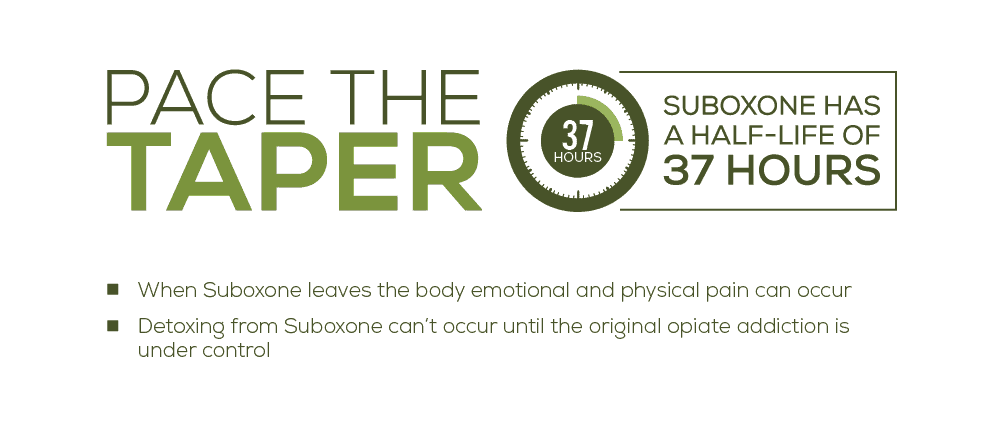
2. What to Expect Tapering off Suboxone
Suboxone tapering begins with a plan to reduce the amount of the medication you take each day. As you begin to ween yourself from Suboxone, you can expect to have withdrawal symptoms while weening yourself from it, but a good tapering plan should help prevent much of this. Symptoms can include dizziness, confusion, headaches, problems sleeping and pain in the stomach. You should be visiting a doctor or addiction specialist throughout your suboxone tapering process. The longer you’ve used suboxone, the harder the process of withdrawal is. Your tolerance for pain is different than others so you may experience less pain even if you used suboxone for a long time. If you do have a challenging time trying to taper off buprenorphine, you may want to admit yourself into a drug rehabilitation center.
3. Suboxone Withdrawal Timelines
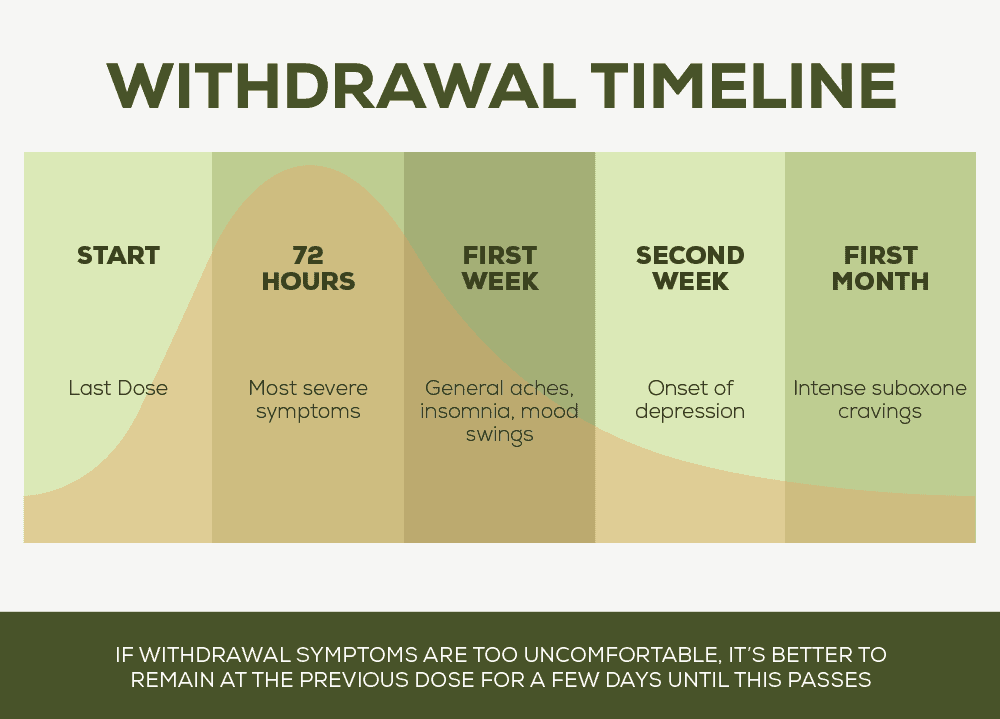
4. Ending the Taper at the Manufacturer’s Lowest Available Dose
It’s important to know that 2 mgs for Suboxone Film tapering or generics can cause feelings of withdrawal. Rational tapering for lower doses may call for you to really listen to your body and find the right dose for the right time. Here are some tips:
- Use the least amount of buprenorphine tapering medication you can to manage your day.
- Don’t use extra doses when you’re experiencing subtle withdrawal symptoms.
- Take it once every 24 hours.
- Listen to your body to figure out when you should be adjusting the Suboxone taper.
5. Pausing the Suboxone Tapering
It is possible that someone tapering off Suboxone will experience uncomfortable withdrawal feelings. When this occurs, you can go back to the last dose you were taking. Maintaining the prior level is okay to do for a few days. You could also hold the dose for longer than the buprenorphine taper calls for. Your mind and your body are unique from the next person so your process will be too. When the body does adjust, go back to the recommended dosing.
6. Mid-taper Breaks are Acceptable
There is no negative outcome from taking a break from Suboxone detox if you need too. The rule of thumb is that it should be minimal and not too often. Like any drug that causes dependency, the longer you stay on it, the harder it is to stop. For example, if you’re at 0.5 mgs per day for a seven day period and experiencing withdrawal symptoms, try taking 1-2 mgs one day. This will get rid of the symptoms for that day and probably the next day as well. Taking a break from tapering down is better than going back to your old opioid drug of choice. You need to have the time and space to focus on how to manage your life without buprenorphine. On days when you incorporate a healthy lifestyle, you may find it’s easier to stay the course of the tapering. One day at a higher dose isn’t going to ruin the progress you’ve already made. As long as you limit higher doses once or twice during your Suboxone taper process. To counteract the bigger dose, you can also try to not take any the next day. Half of the dose is still being metabolized in your body at that point.
7. Short-Term Suboxone Tapering Protocol
While there have been studies about Suboxone tapering schedules, the original Suboxone tapering protocol time is 28 days. There is now a 4 day Suboxone taper, and a 5, 7, 21 day plan. Withdrawal symptoms can be quite severe depending on how long you’ve been taking Suboxone and how high your dosage has been. Most physical withdrawal symptoms will go away after 30 days but the psychological dependence will often last longer than that. A study from NIDA does say that in an outpatient setting, the advantage of two shorter Suboxone tapering schedules exist. The study was originally done to prove that short-term Suboxone tapering treatment is possible in the event someone needs to stop taking Buprenorphine or Naloxone.
8. Where to Start with Tapering off Suboxone
You may have had a high opiate tolerance which means that tapering from Suboxone will be more challenging. It’s important to understand that you will feel discomfort while trying to mediate your body. When starting Suboxone, try an amount like 1-2 mgs. It could make you feel sicker than you’re already feeling due to withdrawal from the initial opiate drug. It’s recommended that you take a test dose. After that, you take your first dose. If you don’t experience any improvement and still feel sick, wait another 4-6 hours before taking another dose.
9. Working with the Ceiling Effect of Buprenorphine
When you’ve hit the ceiling with buprenorphine, almost all your opioid receptors become occupied with it. This is where it induces a very slight opioid effect. If you do take more Suboxone than the amount to cause the ceiling effect, you’re not going to feel additional effects. If your dose is near or over your ceiling dose, you’ll experience the same opioid effect. This is why tapering from buprenorphine can be aggressive. If you cut your current dose in half, it doesn’t mean that half of your opioid receptors have been affected. The ceiling effect means you wouldn’t experience a difference. A study on buprenorphine for opioid addiction found that people tapering off buprenorphine quickly were not at a disadvantage compared to those who slowly tapered off. Tapering down to 2 mgs from buprenorphine is not offering a high success rate. It is believed that extending the Suboxone taper below 2 mgs for a longer period of time is going to show more benefits.
10. What Time of Day to Taper Suboxone Dose
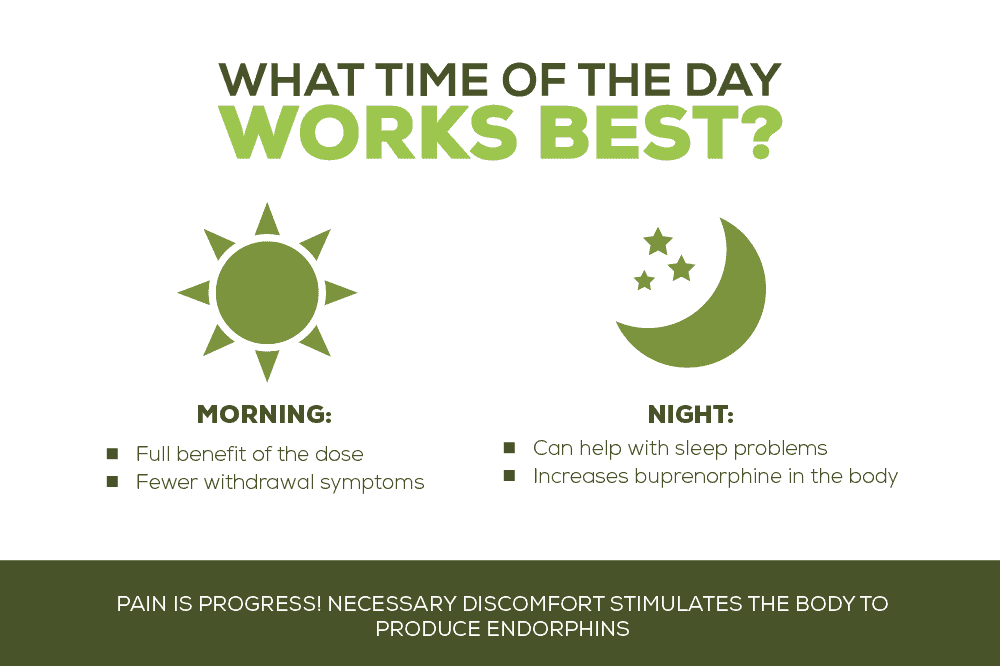
11. Take Your Full Dose at Once
It may be tempting to split up your Suboxone dose for the day but Suboxone taper 101 says taking it daily is the most effective method. It’s more likely that you have a successful buprenorphine detox if you follow the guidelines. You will transition much more easily if you transition from taking Suboxone from once a day to zero than if you had to abstain after a double dose day. If you are suffering from insomnia, it’s understandable that you might split the dose taking half in the morning and half in the evening.
12. See the Emotional and Physical Pain as Progress
The discomfort you feel while tapering can be thought of as an indication of your tolerance diminishing. The necessary discomfort stimulates the body to produce endorphins which means you can naturally start feeling good again without drugs. If you can possibly motivate yourself to exercise, even brisk walking, the pain will be less noticeable and you benefit from the exercise. It might also help you sleep better and you may find yourself getting a natural high from exerting yourself.
13. Understand that Buprenorphine Detox can Cause Depression
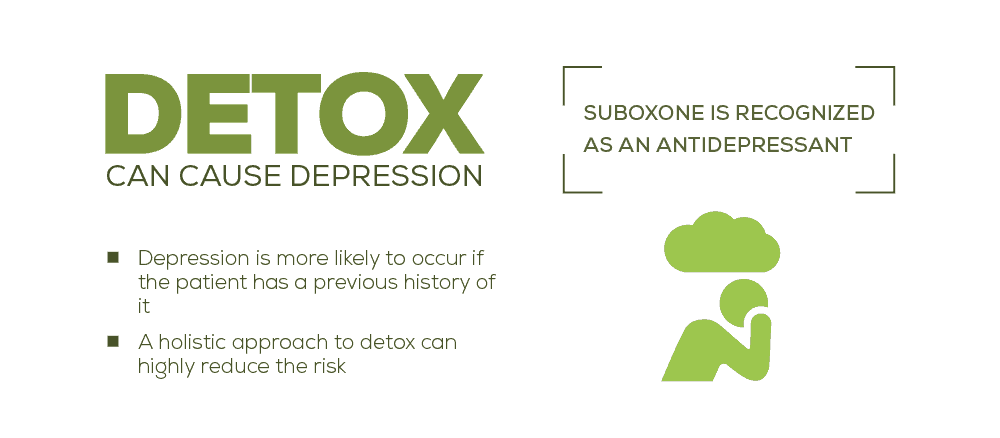
14. Suboxone Taper Success Through Mindfulness
Let’s face it, if you don’t tend to the origins of your addiction, Suboxone tapering won’t help long-term recovery. You become dependent on Suboxone and are unable to manage the emotions that come up when you abstain. It’s going to be essential to control emotional patterns. This is true for anyone with any addiction. Knowing how to manage your emotions in an instant is a skill that will help you while tapering off of buprenorphine. Change your focus and you change your life. This seems too simplistic for such a complex problem but it really does help to turn negative thoughts around. Being present in the moment and taking account of your emotions will help you quiet down the manic thoughts the mind throws at you.
15. Exercise and Buprenorphine Detox
Again this simple solution to a big problem does work. For drug users, abusers, and addicts, their brains have become deficient of endorphins. Happiness is hard to come by and depression is prevalent. Physical stimulation helps build endorphins back up. It is a necessary part to detoxing from Suboxone. Vigorous exercise at least 5 days a week will combat the withdrawal symptoms you may experience. While doing a Suboxone taper, it’s good to start incorporating the exercise regime even if you’re not motivated.
16. Nutrition and Tapering Off Suboxone Successfully
How to get off Suboxone naturally can involve your nutrition. During a buprenorphine tapering, you will want to feed your body extra nutrients and supplements to combat the negative effects. With the overuse of opioids, nutrients have been lost which attribute to how the brain functions also. With the aid of nutrition, you may have more energy, be capable of sleeping more soundly, and experience an improvement in your mood. You may have never eaten healthy in your life but this lifestyle change will help the body to heal.
“Get the help you need today. We offer outpatient assistance, so you can maintain your work, family, and life commitments while getting the help you deserve!”
17. Balancing Out Your Brain Chemistry
To help balance out brain chemistry which has been compromised through substance abuse, there are endorphin-deficient supplements. They are holistic and non-addictive. Take up to 2,000 mg of DLPA daily. This is a combination supplement with amino acids that are found in protein rich foods like beef, tofu, chicken and fish. It naturally spikes the brains dopamine levels.
18. Making Positive Changes While Doing Suboxone Tapering
Buprenorphine treatment is meant to suppress withdrawal symptoms so you have the space to make necessary changes in your life. This means you have a certain responsibility to change your behaviors, routine, how you live and how you think. There may have been deeply rooted reasons that brought you to the point of using substances. They need to be addressed while you are in the midst of your gentle withdrawal phase. Spend the time doing the work to rewire your brain. Focus on reversing the reasons you experience triggers and adapt your mind. If this work isn’t done through the tapering process, relapse is likely. Figure out how to manage your stress and get through a moment where you’re experiencing strong cravings for drugs. You have to be constantly on your game and deliberate about your desire to abstain for good. Suboxone tapering does help many patients get off opioid prescription drugs and heroin but a time will come where you have to let go of buprenorphine also.
It’s important to commit to the treatment process for quite some time before you begin a Suboxone taper. Slowly and surely, however, you can clear your system of opioid dependency for good.
What Did you Think About This Blog?
Give it a Rating!
Full Infographic:
Are you addicted to opioids? Get a free addiction assessment.
or Call (888) 306-6814

